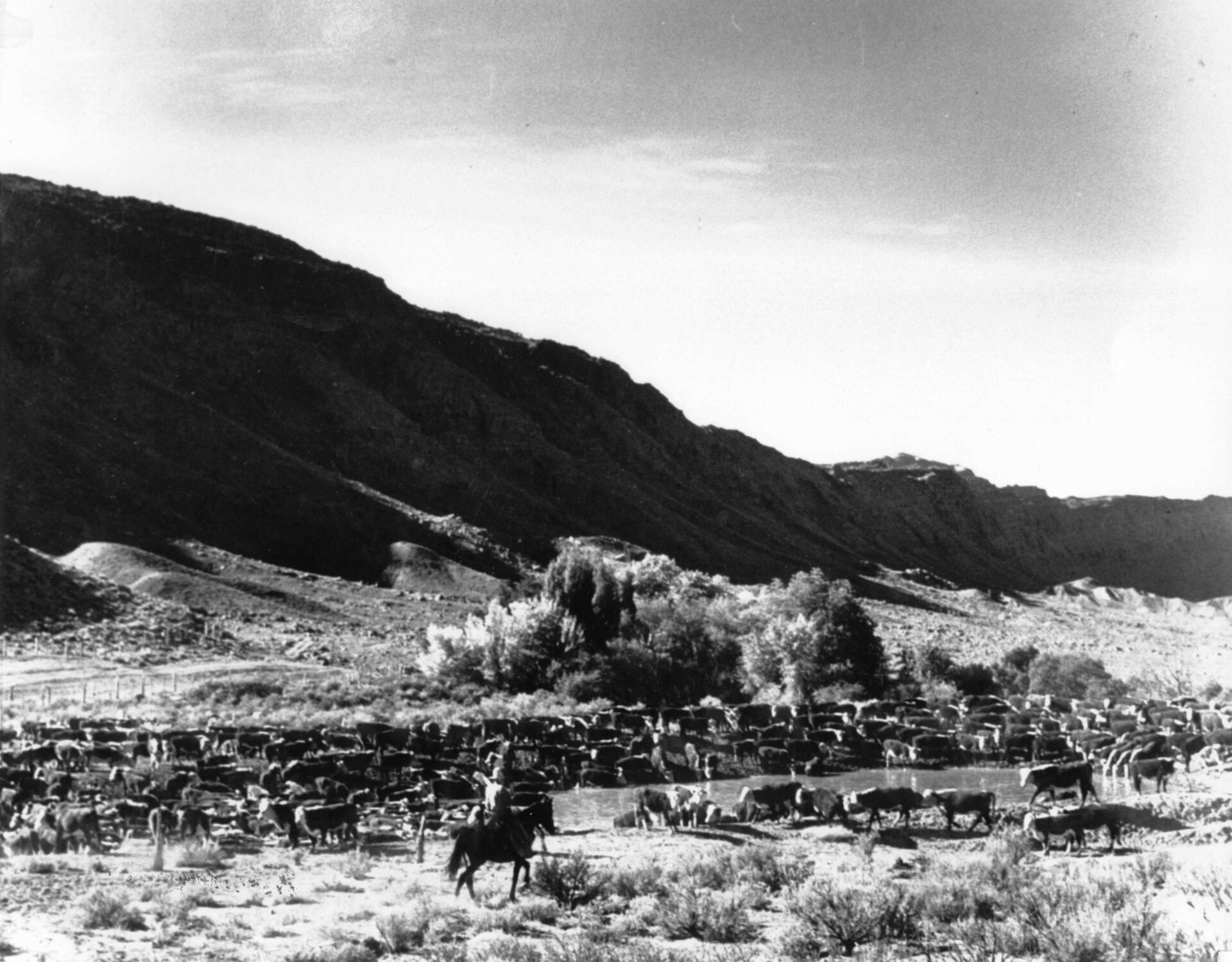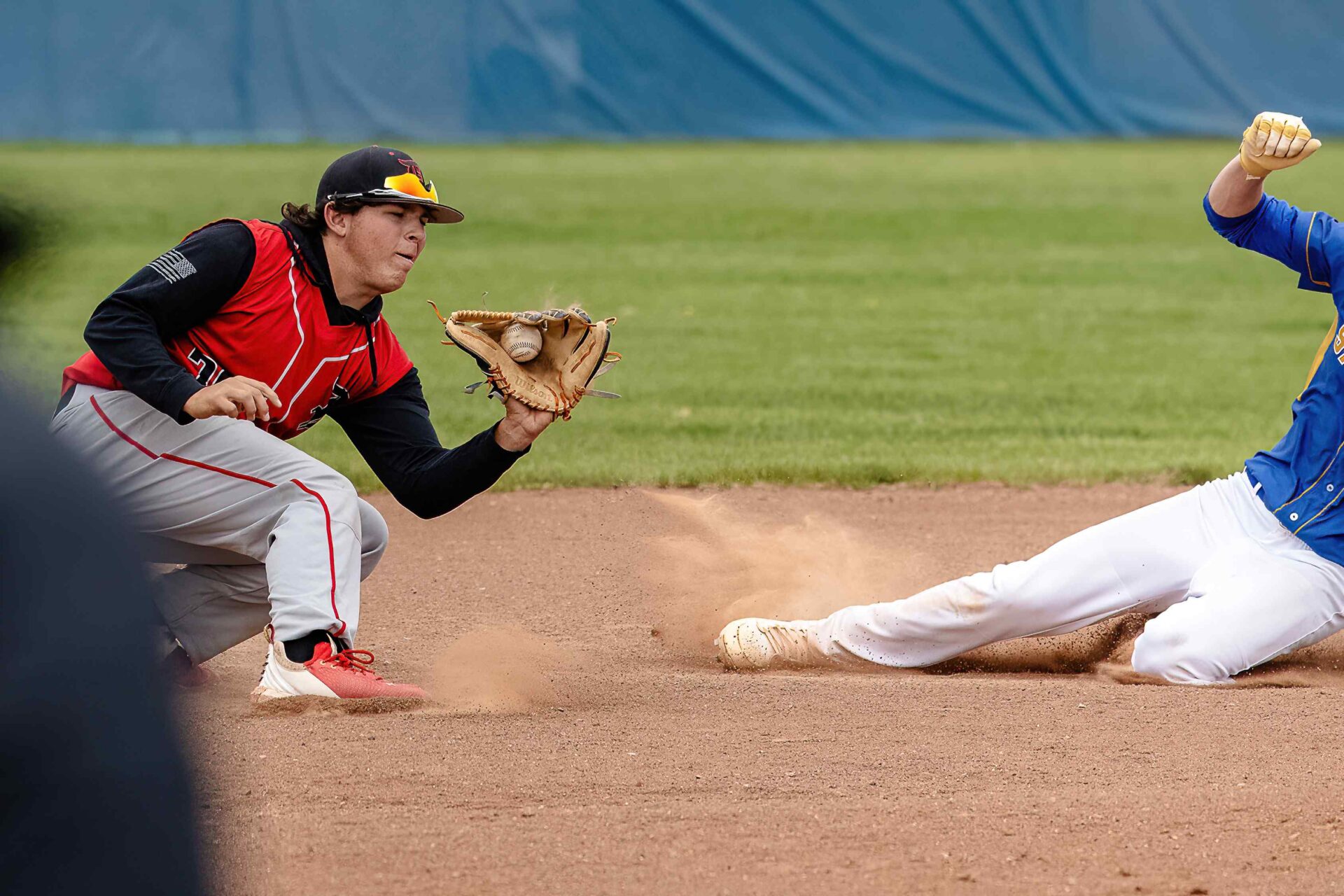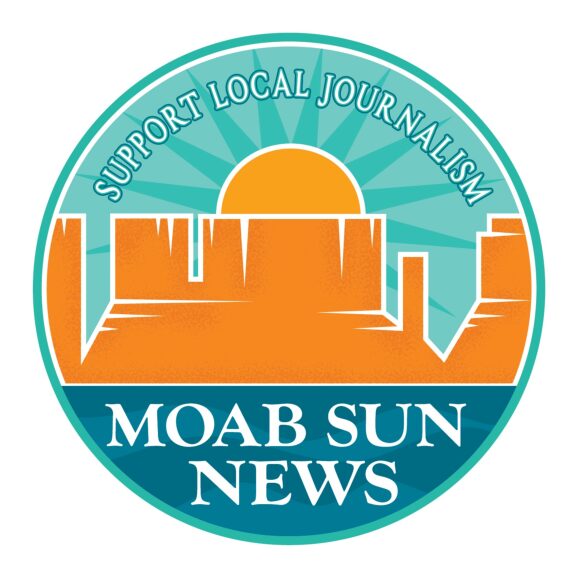
Following the discovery of gold and silver in the La Sal Mountains late in the 1800s, the remote town of Castleton, Utah developed near the base of the mountains at the southeastern end of Castle Valley.
In its heyday, it was comparable in size to Moab. It served as a hub for miners in nearby Miner’s Basin, as well as a home to ranchers running cattle and sheep in the vicinity. While the town eventually depopulated due to shifts in industry, oral histories in the Museum Collection add depth and detail to our picture of life in Castleton.
Charles Edward Miller was an early settler of the town and the owner of a general store, which he established around 1902. “Getting in and out of Castle Valley in Miller’s time was no easy task,” explained Harvey Coonts, Miller’s great-grandson, in an oral history summary of his ancestor that is housed at the Moab Museum. “Getting merchandise from the east or from Salt Lake City, down the rocky trails, across the ferries, and through the narrow canyon roads was even harder.”

Miller, along with his wife Luella Miller, ran the store and also operated a post office—vital lifelines in the remote, frontier town. While the Millers’ store provided essential dry goods to Castleton’s residents, folks also relied on agriculture for food.
Bernice Bowman was born in Castleton in 1920, and shared many memories of the town in a 1997 oral history interview housed at the Moab Museum. Bowman recalled, “I remember I used to pick cherries. We had several big cherry trees that had the best cherries. I used to pick 10-pound lard pails full, and my mother would sell them for a dollar a pail to people down in Castle Valley.”
While Castleton was remote, area resident Essie White recalled in a 1997 oral history interview that “on the Fourth of July, people would come from all over the country in wagons, horseback, and Model T’s to celebrate.”
The Moab Museum is dedicated to sharing stories of the natural and human history of the Moab area. To explore more of Moab’s stories and artifacts, find out about upcoming programs, and become a Member, visit www.moabmuseum.org.



